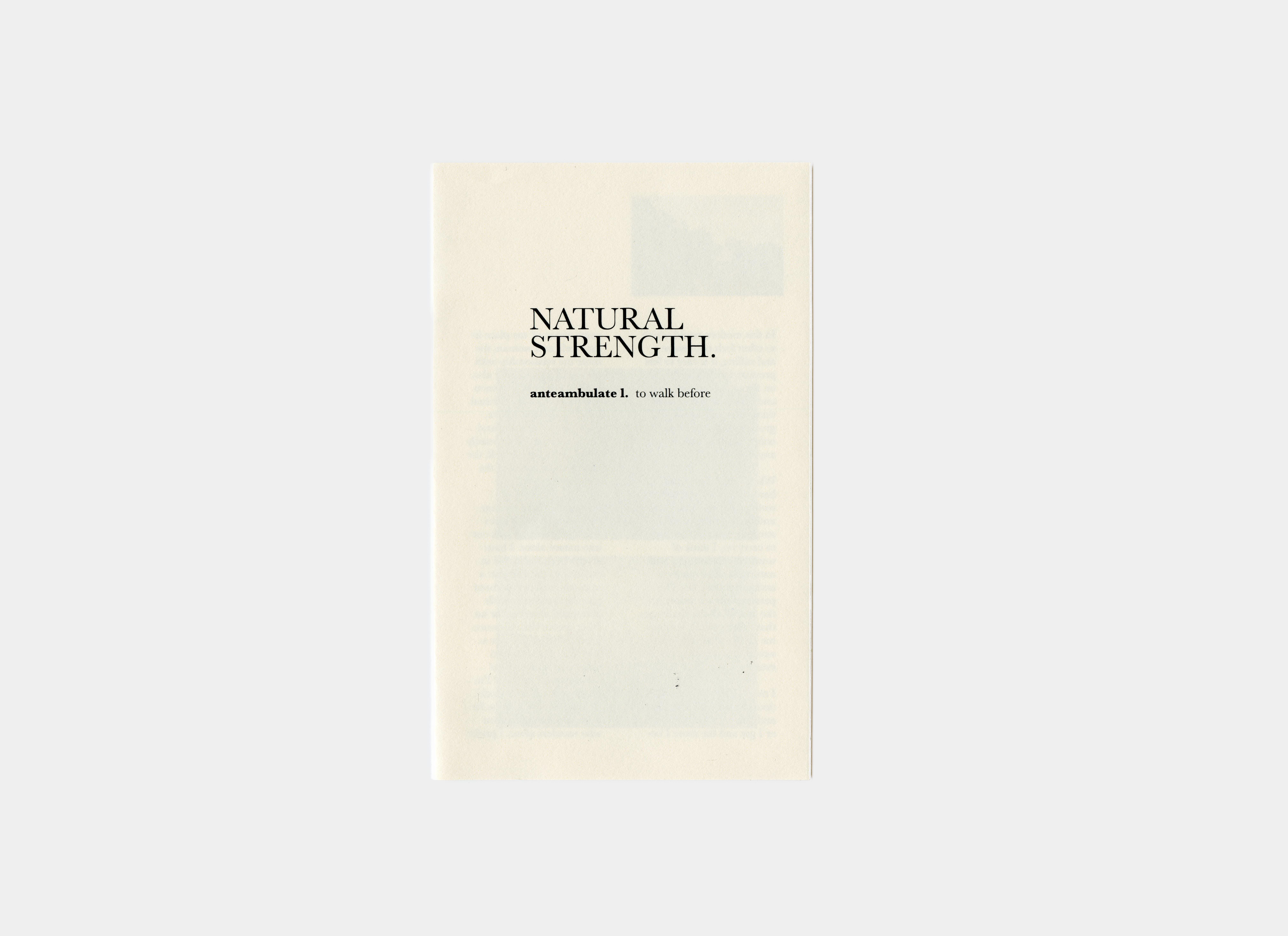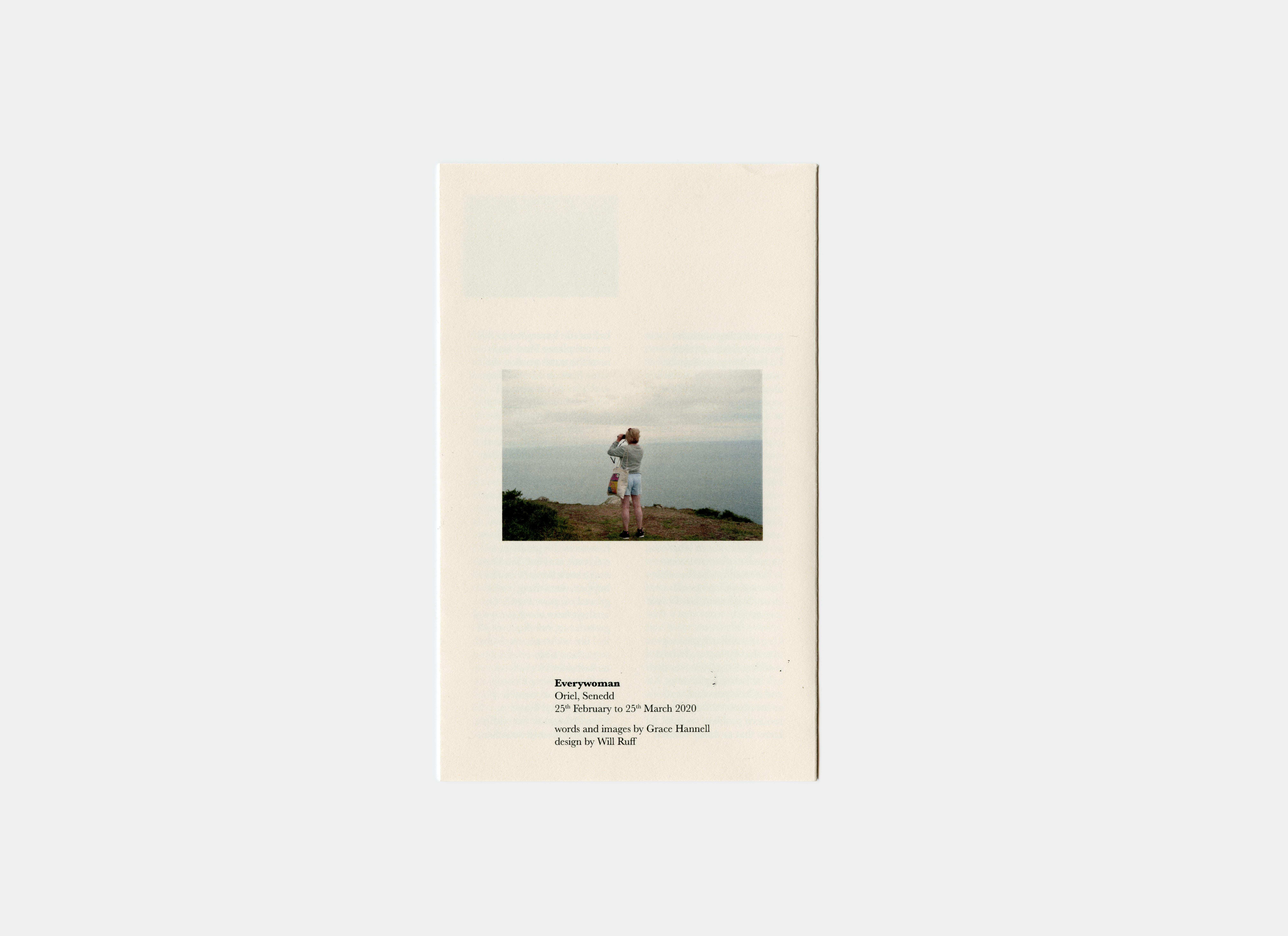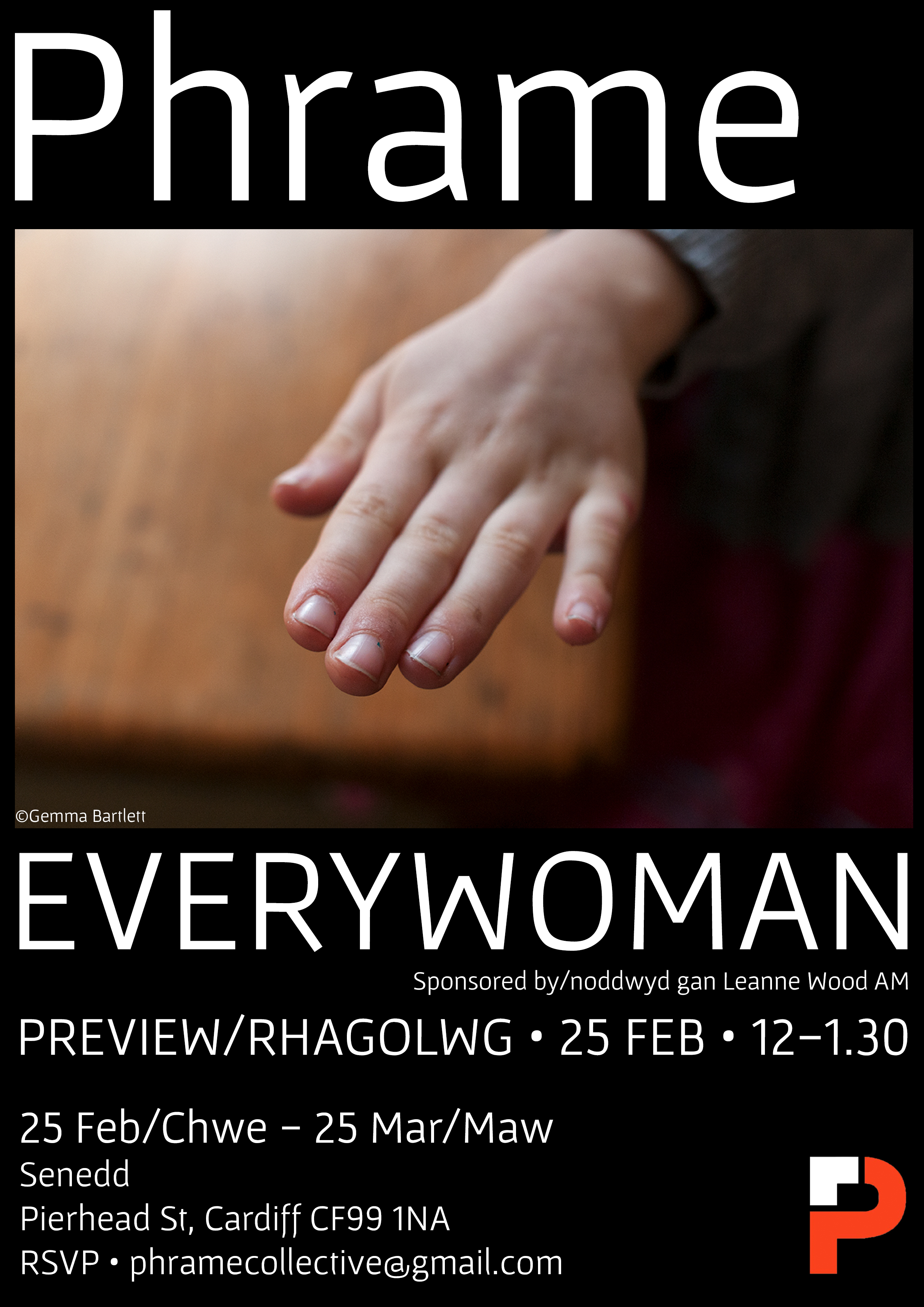Grace Hannell


Above and below: Test images: Tredegar Park Folk Festival, Wales
Britain is experiencing a resurgence for folk traditions, festivals and ways to celebrate nature and mark the changing seasons. As a photographer and dancer, it is a growing passion of mine to document this new age. As music fans, my parents often took me to folk festivals where I appreciated the music – but less so the old fashioned, quirky and ‘uncool’ dancers jingling their ankle bells around the cider bar. In a Welsh speaking primary school, I was part of a reserved, bonnet adorned ‘Dawnsio Gwerin’ troupe – taking my dance steps all over Wales as part of annual Eisteddfods (Welsh cultural competitions). Fast forward many years and I’ve become a Morris dancer. I reluctantly joined the practice of an all-female new urban Morris group in Bristol, and was blown away by the sheer joy and community of this dance, formerly and mainly practiced only by men. It opened a gateway to a world of ancient tradition, colourful joy and fun, which is steadily attracting younger fans and regained interested, adapting tradition to suit a new creative generation. Dance is one of our most common languages, it is a primal and basic instinct – to move when we feel moved.
In this age of intense digital reliance, waking up to Morris dance and welcome the spring on the first of May is just one of the ways in which we reject modernity, and lean in to a feeling that has been passed down, from as far back as 1448. Under the banner of folk dancing comes styles such as Morris, Appalachian, Ceilidhs, Clog Step, Rapper Sword and Maypole. Varying incredibly in improvisation vs fixed steps, reserved costumes vs animal symbolism, danced at certain times of the year to celebrate the seasons and the age-old practices that used to mark the year, and also simply danced for joy.

Natural Strength
Natural Strength was created from an opportunity given to members of Phrame Wales Collective by the Senedd - National Assembly of Wales, to mark International Women’s Day 2020. The brief encouraged member to create work on the theme of ‘heroism in the everyday woman.’
In this modern world which so often feels oppressive and stifling, it is easy to feel pressured to be constantly on the go, always moving and consuming, the only thing that truly keeps me grounded, and perhaps the only thing that seems pure anymore, is nature.
When I first thought of heroism in the everyday woman, of what gives me and I know many other women strength, and the courage to carry on, I think of women’s relationships with nature, in all its modern and ancient origins. The perseverance of nature in the face of all the challenges that’s thrown at it, reminds me of the perseverance of women, now more than ever.
I owe my love of the outdoors to both my mother and father, however the older I got and the more I became aware of my place in the world as a woman, the more my relationship with nature seemed to alter also. We can’t deny that women carry a historically spiritual relationship with nature, from witches to woodland fairies and most importantly ‘Mother Nature’ herself, the nurturer, the provider, the ever-moving force.
It might not take courage for everyone, but it takes courage for me to walk out into nature alone. I have always been fascinated in the idea of the Flâneur: a man who wanders without purpose, saunters, strolls about and observes, for no other reason than pleasure. I can’t help feeling that as a woman I’m restricted somewhat in the role of the Flâneur. I feel as if I’m under pressure to be ‘safe’ , to watch my back, to be far more careful than a man who wanders alone. I prefer to go running outdoors instead, convinced that I’d look less suspicious or strange wandering around alone through fields if I’m wearing running leggings, as if I need a purpose to be alone. This feeling and experience is different for all women based on location, age and life experiences, but I know for me, it takes some self-encouragement to let myself enjoy nature alone. My head is plagued with true horror stories, myths and legends about what can happen to a woman alone in the woods, what horrible fate can await a woman alone, in general, but I can’t stay away.
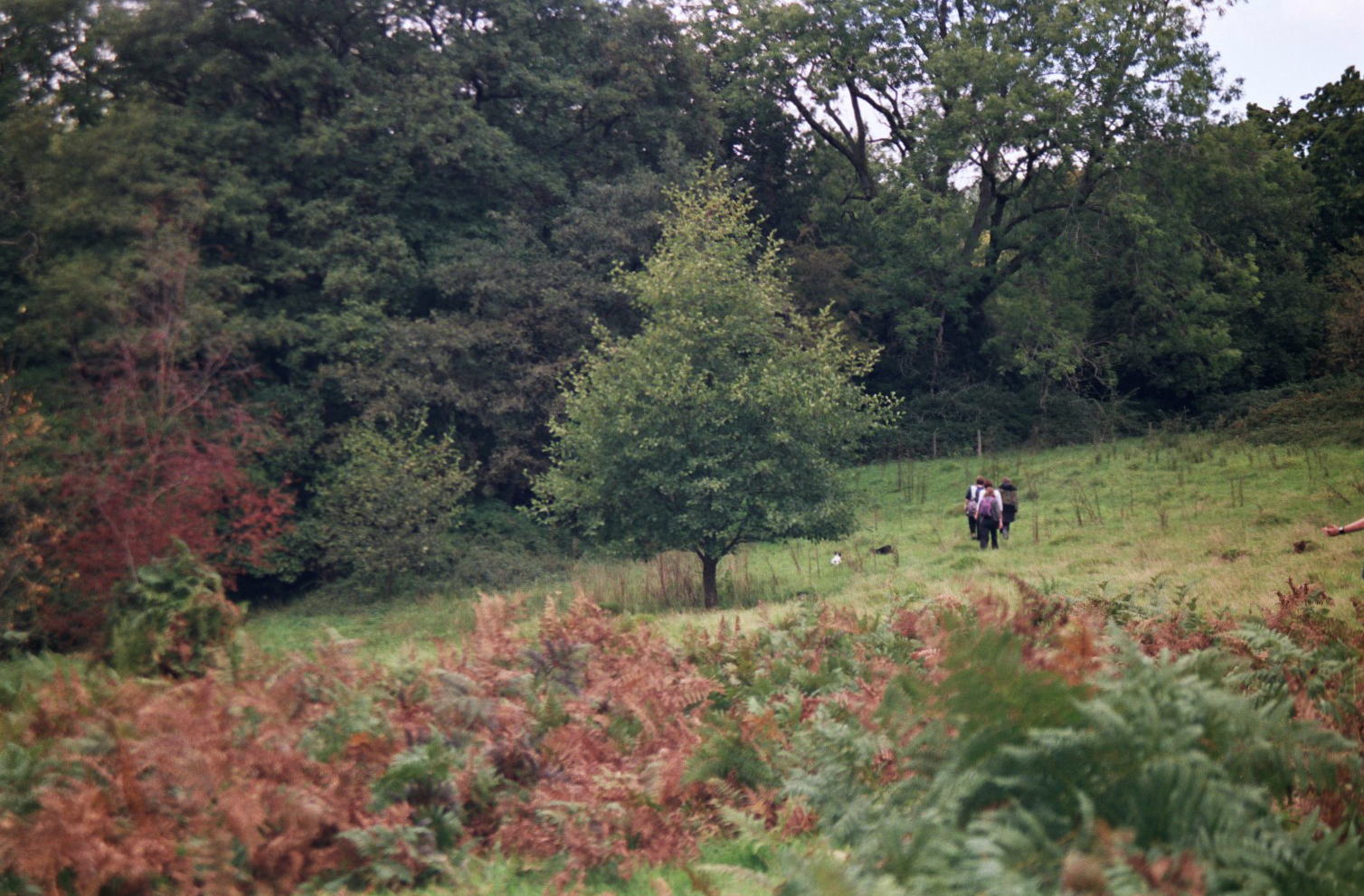




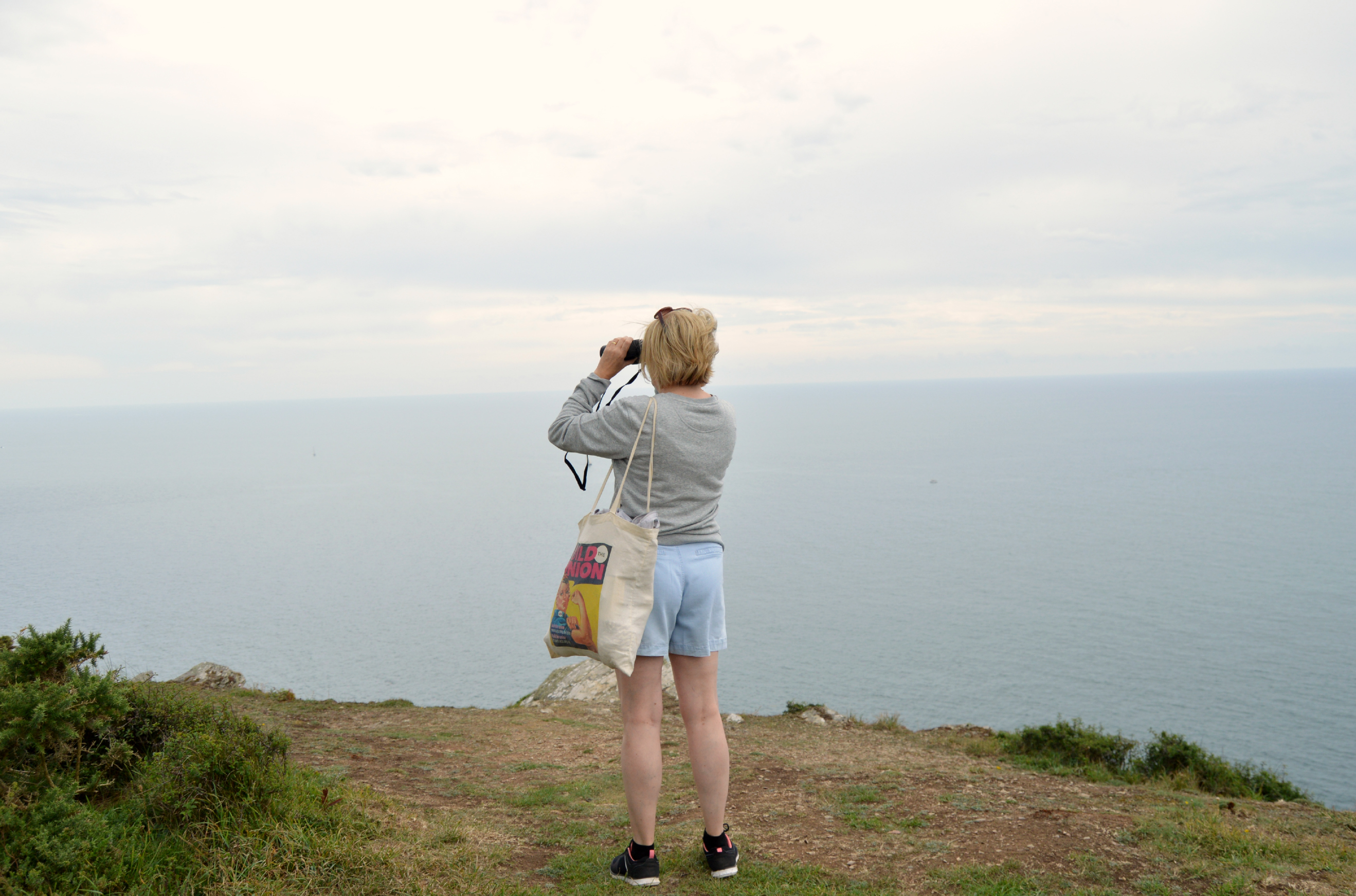

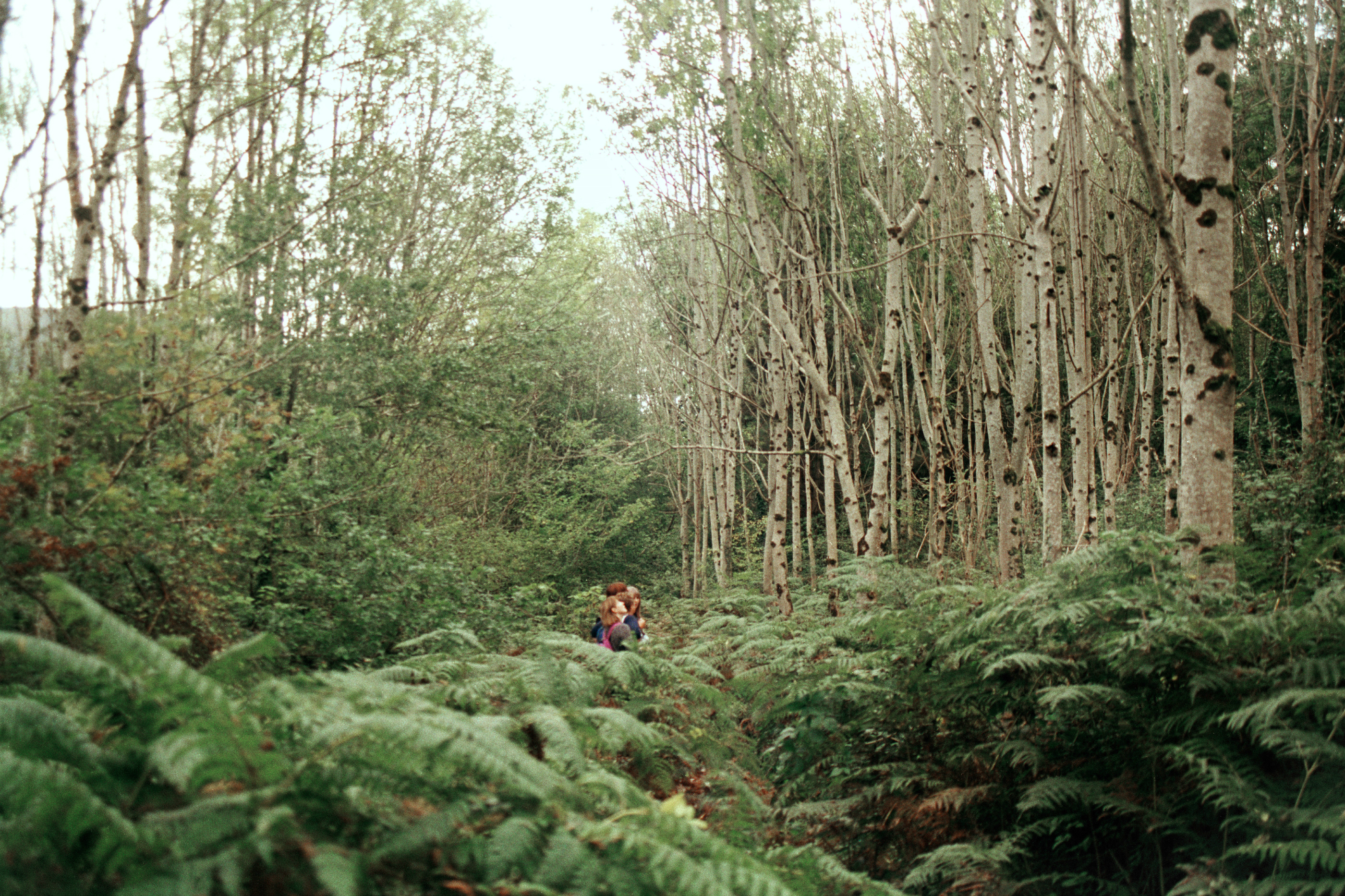

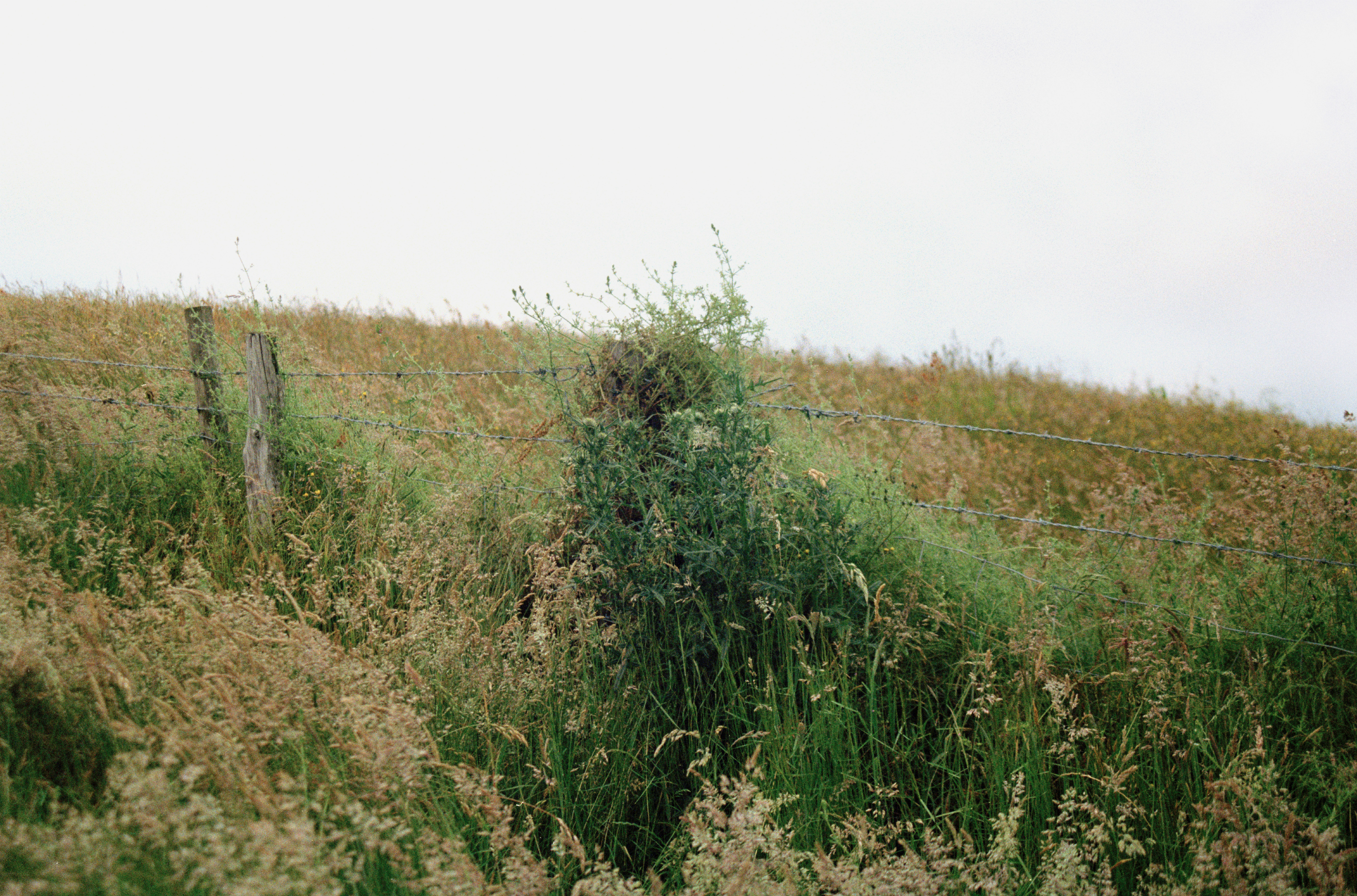
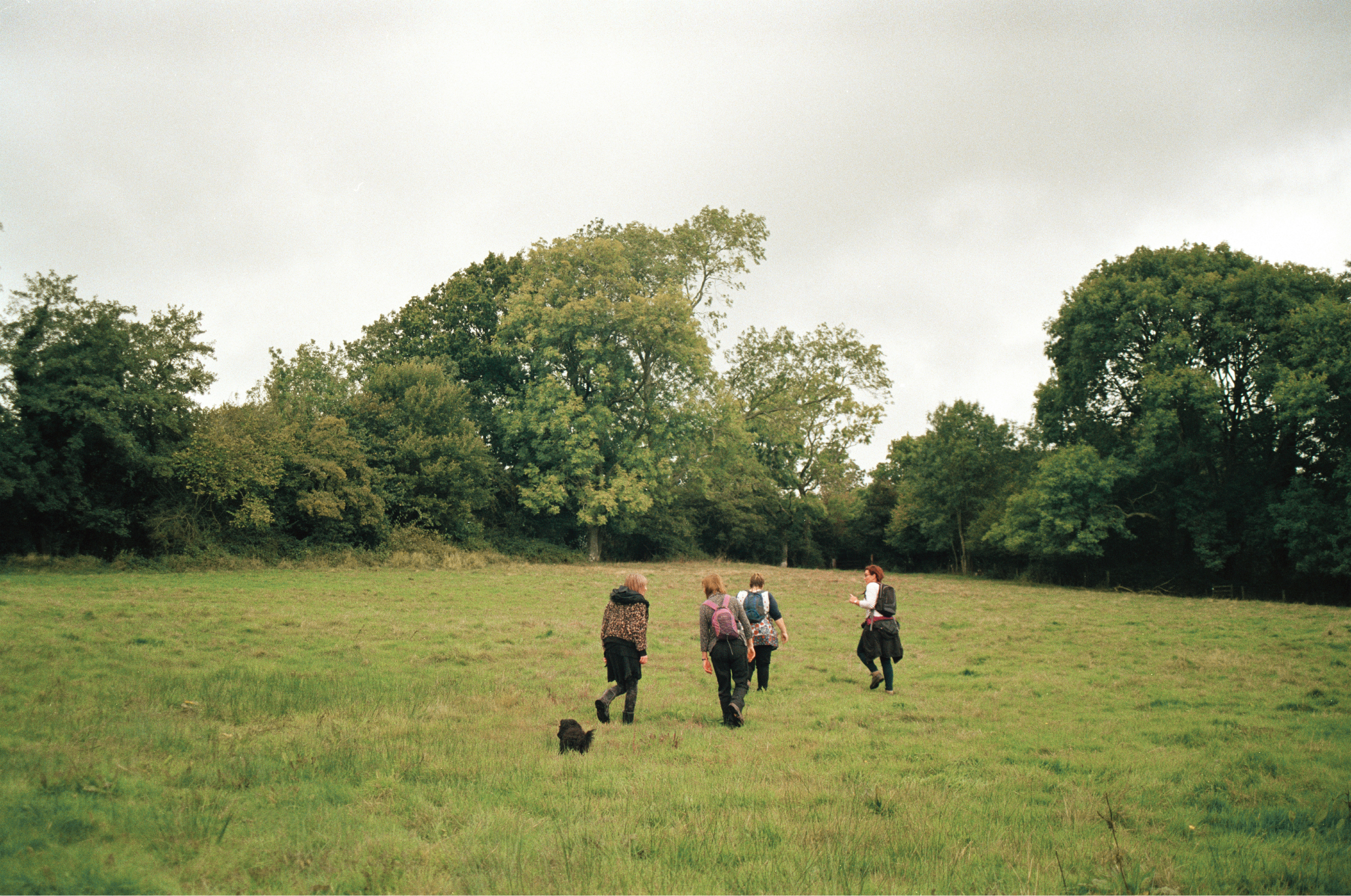
Outside, one might recognize that the natural world was here long before us and will be here long after us, and it feels personal, and so far removed for every modern problem we face. I know that so many women before me have gone to the natural places I love and seen the same sunsets, the same Springs and starlings and have felt at peace. I wanted to convey some of that feeling through photography and make women think “I’ve felt that. It took courage for me to take that time for myself.”
On a smaller scale, nature has a way of nurturing women through our own gardens also. I love to grow flowers and vegetables, to cultivate, and feel like I can make something beautiful happen, something useful grow. I suppose there’s an analogy here about personal growth too, but don’t we all feel like we’ve accomplished something truly satisfying and wonderful when we make something bloom? Women are so capable of making things blossom, from children to friendships, relationships and ourselves.

Like myself, many of the women I have spoken to whilst walking through the beautiful Welsh countryside are very unsure of the future of Wales, and their place within it. Exploring the future of Wales’s landscapes and socio-economic / political factors that contribute to it has already featured in my previous work, so I was keen to explore others opinions, in an attempt to draw myself out of a kind of limbo that I feel my thoughts are stuck in when it comes to the future of Wales following its de-industrialization.
The wonderful women featured in my work are mental health practitioners, artists, leaders, teachers and so much more, and one thing we can all agree on is that an immersion in nature is beyond doubt beneficial to all-round well-being. Simply walking, encourages others to talk and open up in a more relaxed, nurturing environment, and leaves us feeling more grounded and often secure. Walking together with others builds a precious sense of community, which heals both mentally and physically. However the problem I have discussed at length with my subjects is the fact that you cannot force others to look at and appreciate their natural environment if their current circumstances are debilitating. It is from a privileged standpoint that we assume a walk in the woods will solve a
ll problems. However I have come back from my walks often with a new sense of hope that these wonderful women are making small but incredibly important strides in their communities while still remaining optimistic about what is essentially, an incredibly uncertain future for Wales.


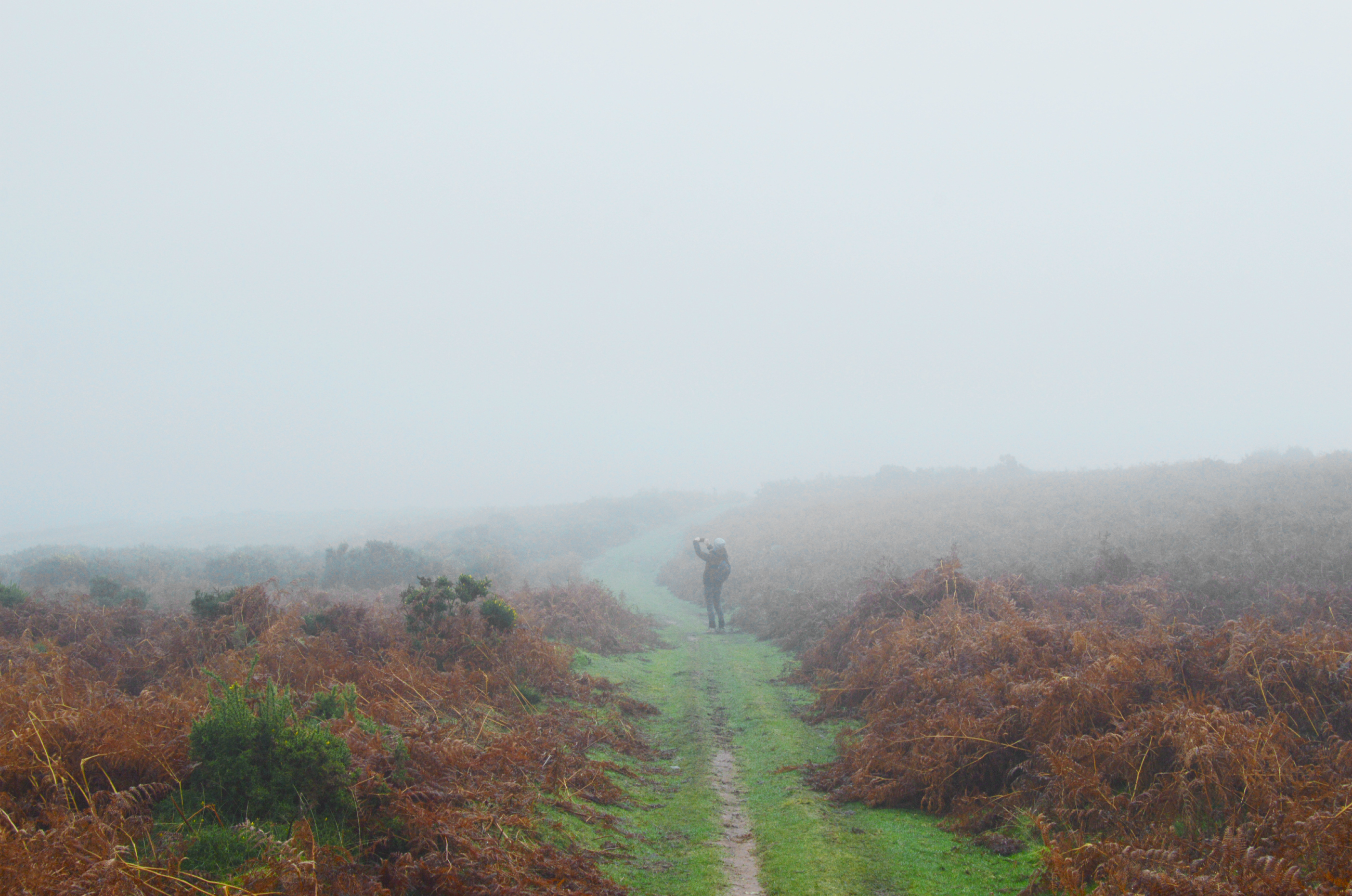

Beth Nawr ? (what now?) - 2o18
![]()
![]()
“ If places are indeed a fundamental aspect of man’s existence in the world, if they are sources of security and identity for individuals and for groups of people, then it is important that the means of experiencing, creating and maintaining significant places ar not lost” - Edward Relph
South Wales in an area in limbo. The sudden and continuous disappearance of industry that lives were orginally built around has left the land in distress and its people without the pride of their traditional work. South Wales is now left in an uncertain state, teetering between salvation by conservation and adaptation, and potential destruction, by lost hope and insensitive development.
![]()
![]()
![]()
These images of a post-industrial landscape hint at this potential rise or fall, and aims to encourage conversation between two sides. Some suggest that the natural beauty of South Wales never benefited from industry. Traditional industrial work such as coal mining and steelwork was detrimental to workers and was attributed to generations of ill-health and unnecessary tragedy, scarring the land into black hills and dirty rivers. On the other hand, what is the landscape of South Wales without its industry that was so incredibly important to the development of Britain, and which brought constant work and strong communities to its people?
I have always lived in the shadow of memorialisation, The land and its people seem to be in a constant state of mourning- for the loss of industry and the often fulfilling way of life that it brought, as well as the danger and deaths it caused, and for diminishing traditions as well as language. Sites of industry are now housing developments, memorials, or house the remains of once revered buildings. Growing up in this land, these images are shaped by my own fears and optimism as well as those that resonate throughout South Wales.
![]()
![]()
![]()
![]()
However, far from the area that should be viewed with pessimism, the land is ready to be regenerated and is already being changed. With empathy for the wounds of the land and its people, it is possible to create a South Wales with emphasises and protects its outstanding landscape. The difficulty lies in attempting to change South Wales’s ancient lifestyle and habits to create a future that promotes a healthy landscape and content people who live within it. There are currently numerous factors that prevent much of this optimism from being realized, but for now “Beth Nawr” is the most interesting question we can consider.
![]()
![]()
![]()
![]()


“ If places are indeed a fundamental aspect of man’s existence in the world, if they are sources of security and identity for individuals and for groups of people, then it is important that the means of experiencing, creating and maintaining significant places ar not lost” - Edward Relph
South Wales in an area in limbo. The sudden and continuous disappearance of industry that lives were orginally built around has left the land in distress and its people without the pride of their traditional work. South Wales is now left in an uncertain state, teetering between salvation by conservation and adaptation, and potential destruction, by lost hope and insensitive development.
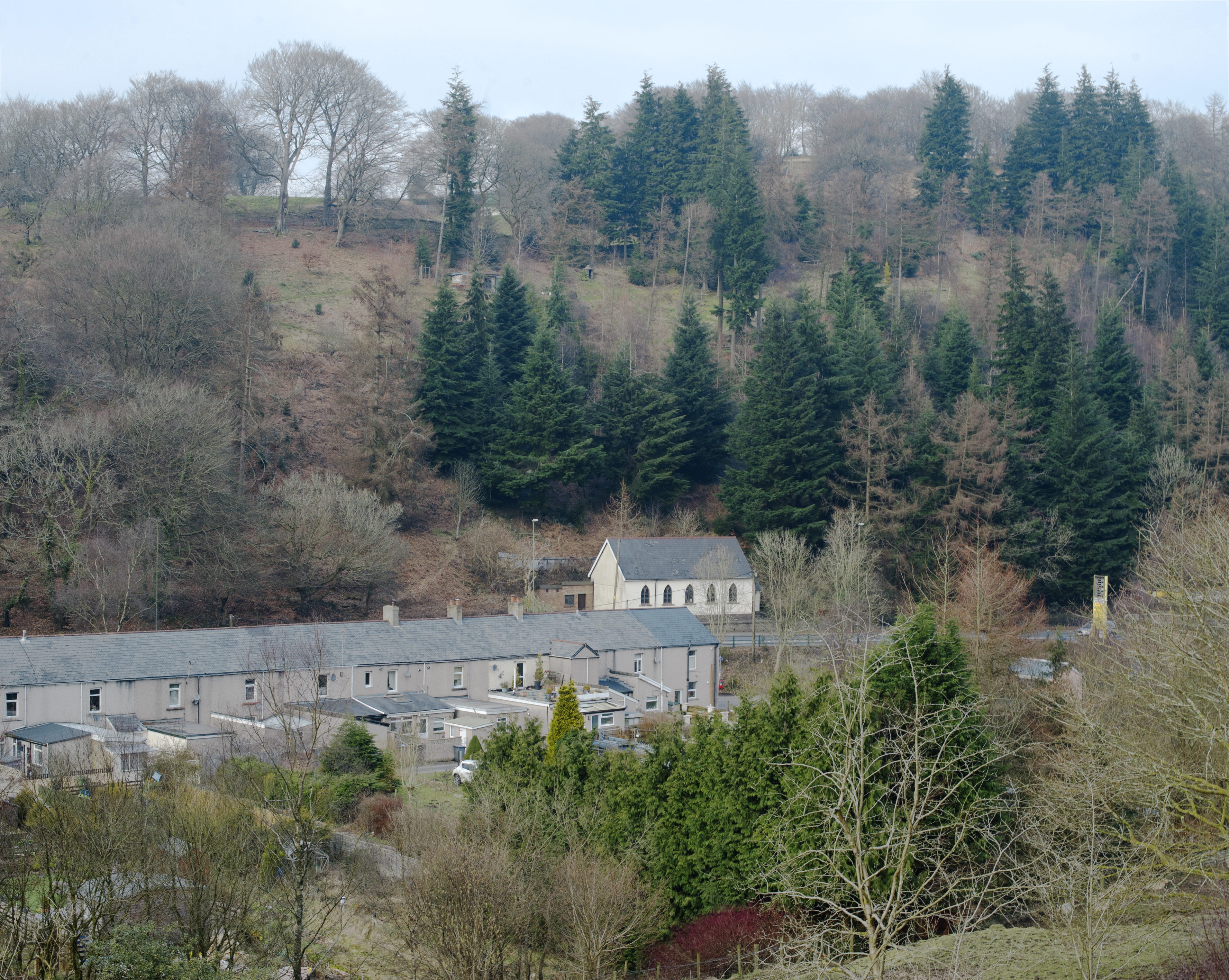


These images of a post-industrial landscape hint at this potential rise or fall, and aims to encourage conversation between two sides. Some suggest that the natural beauty of South Wales never benefited from industry. Traditional industrial work such as coal mining and steelwork was detrimental to workers and was attributed to generations of ill-health and unnecessary tragedy, scarring the land into black hills and dirty rivers. On the other hand, what is the landscape of South Wales without its industry that was so incredibly important to the development of Britain, and which brought constant work and strong communities to its people?
I have always lived in the shadow of memorialisation, The land and its people seem to be in a constant state of mourning- for the loss of industry and the often fulfilling way of life that it brought, as well as the danger and deaths it caused, and for diminishing traditions as well as language. Sites of industry are now housing developments, memorials, or house the remains of once revered buildings. Growing up in this land, these images are shaped by my own fears and optimism as well as those that resonate throughout South Wales.




However, far from the area that should be viewed with pessimism, the land is ready to be regenerated and is already being changed. With empathy for the wounds of the land and its people, it is possible to create a South Wales with emphasises and protects its outstanding landscape. The difficulty lies in attempting to change South Wales’s ancient lifestyle and habits to create a future that promotes a healthy landscape and content people who live within it. There are currently numerous factors that prevent much of this optimism from being realized, but for now “Beth Nawr” is the most interesting question we can consider.

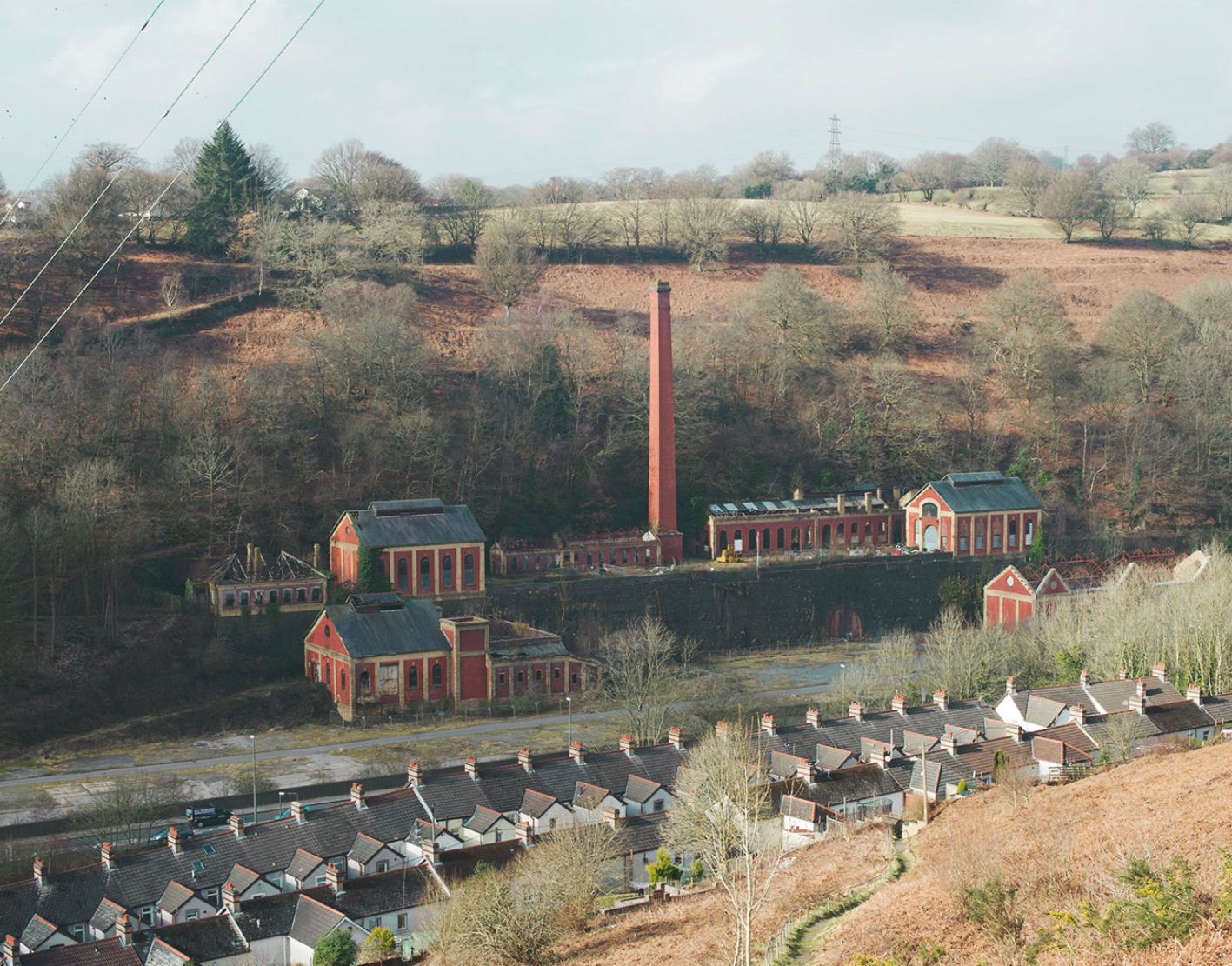


Every Leaf Has Its Autumn
Every Leaf Has Its Autumn is a personal reaction to my experience of Ford Cemetery during late Spring of 2017. Ford Cemetery in a 34 acre working cemetery in the heart of Plymouth. It is an important site within the city for thriving wildlife and a fascinating spiritual and site abundant with symbolism and history as well as a respectful untroubled site for the departed.
This series documents the changes sunlight has brought to the cemetery. Sunlight is the beginning of everything- it creates life, it allows life to continue, it is both nourishing and healing. The beauty of the graveyard in the sunlight and the abundance of wildlife that thrives here lightens grief, and creates a place of peace and rest amongst the often-overwhelming reality of loss. The three vital components of these images are nature, death, and the literal human subject; from light comes life, from the grave comes nature, and light allows everything to continue this way.



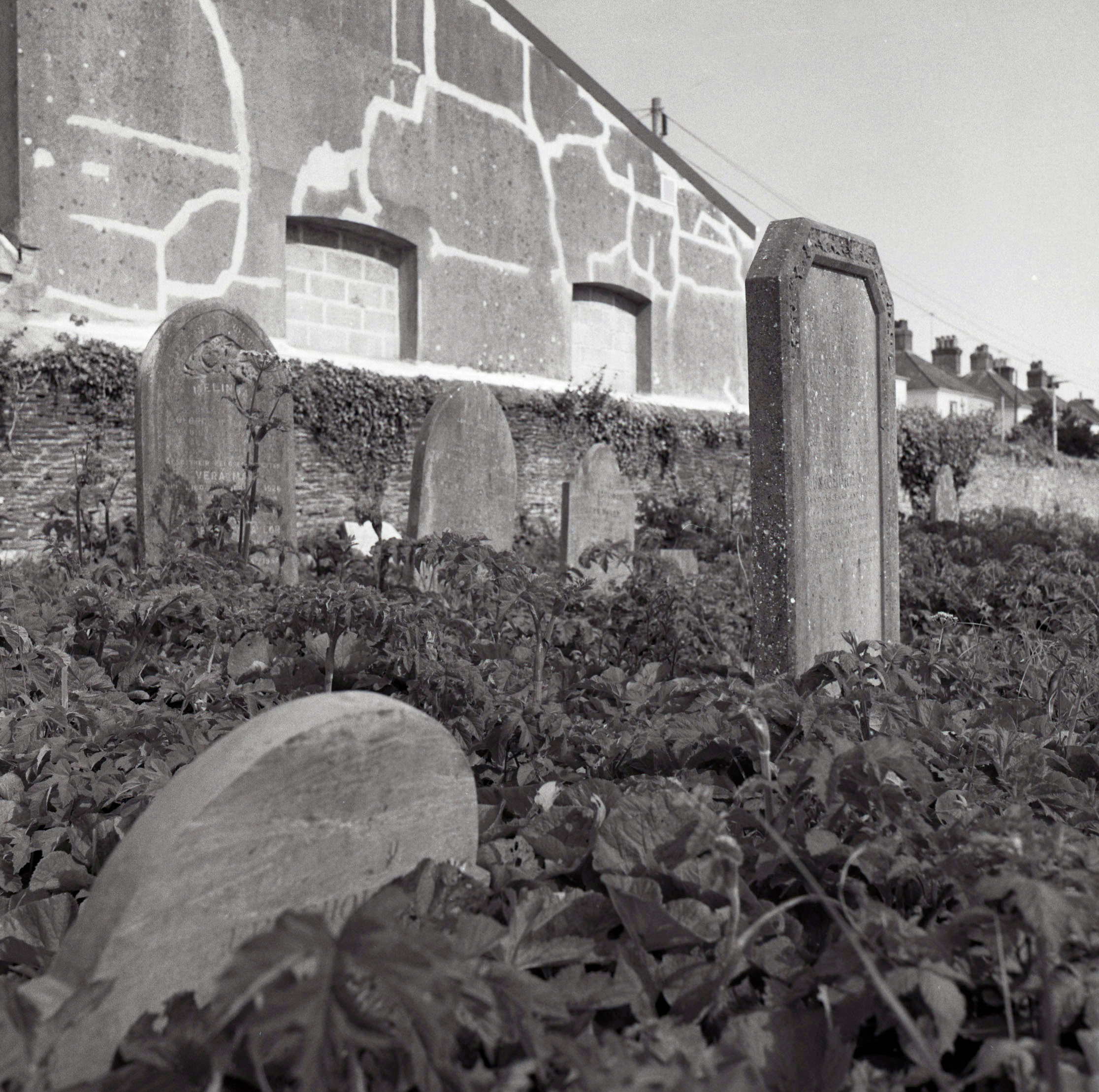

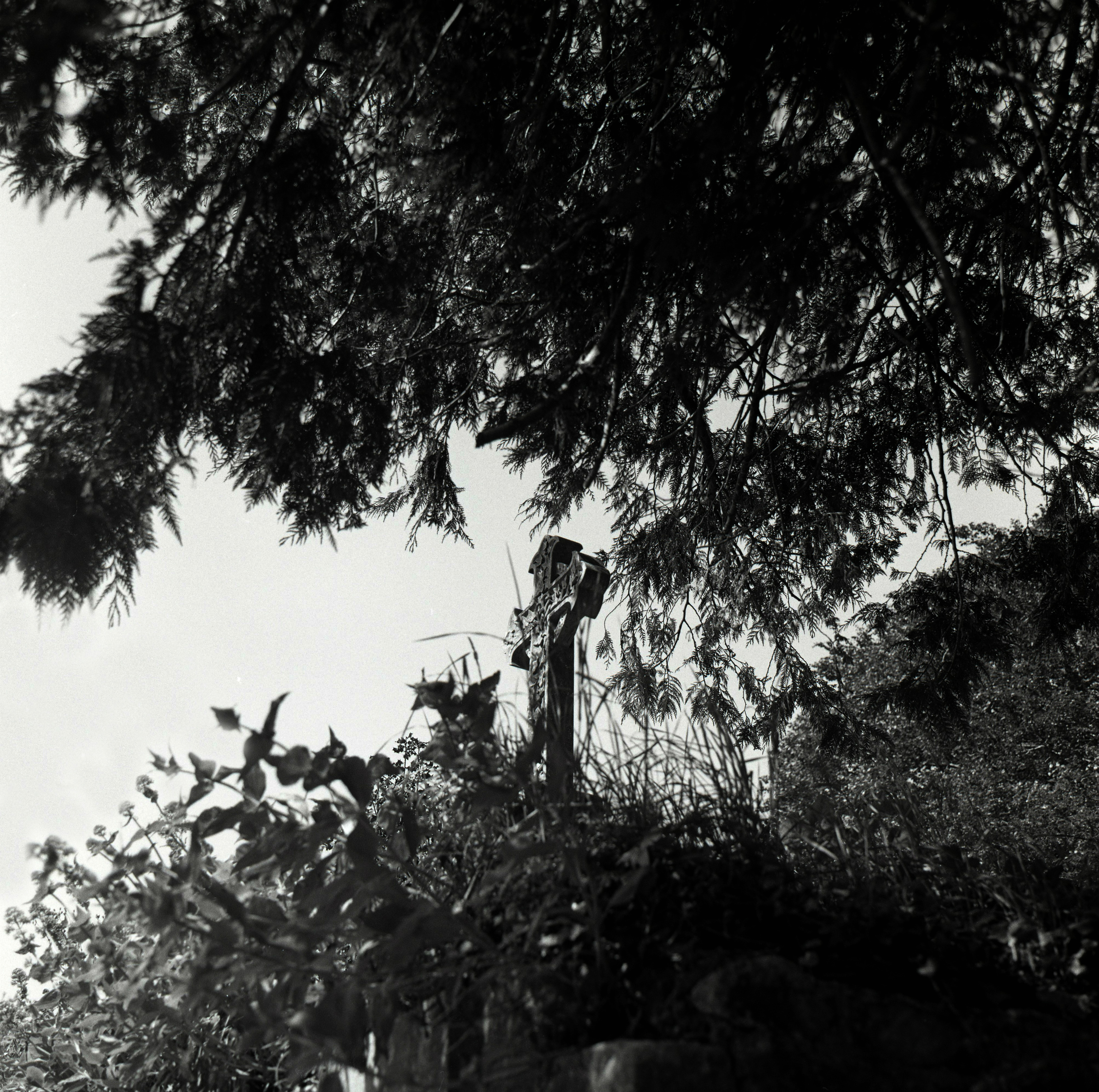


Every Leaf Has Its Autumn creates a quiet atmosphere of contemplation amongst a large world of grief. The title refers to an inscription on a grave featured in one of the images. I found the inscription both hurtful and optimistic, it speaks of someone attempting to cope with a now empty space in their lives, and also of acceptance of this loss as an inevitable and natural process. These images evoke the feeling that something is missing while also being a silent acknowledgement and meditation of human relationships, loss, light, and starting anew, in nature and in every aspect of our lives. The images taken outside of the graveyard touch on the symbolism of the light that we notice in our daily lives, the sunlight that gives us hope and makes such a difference to our minds, and highlighting the memories held and experiences we have had in such familiar places.
It could be argued, that in 2020, never was there a greater need, and search, for coping mechanisms. While the whole world went into shock, and slowly, painfully, got used to a quiet, fearful year which pulled many together as well as ripped many apart, one saving grace is that we were able to live more slowly. Devoid of all our normal plans and routine we could search outside of our lives for something to look at, learn from, distract and maybe gain a little joy from. I’m writing naturally, about the ‘great outdoors’.



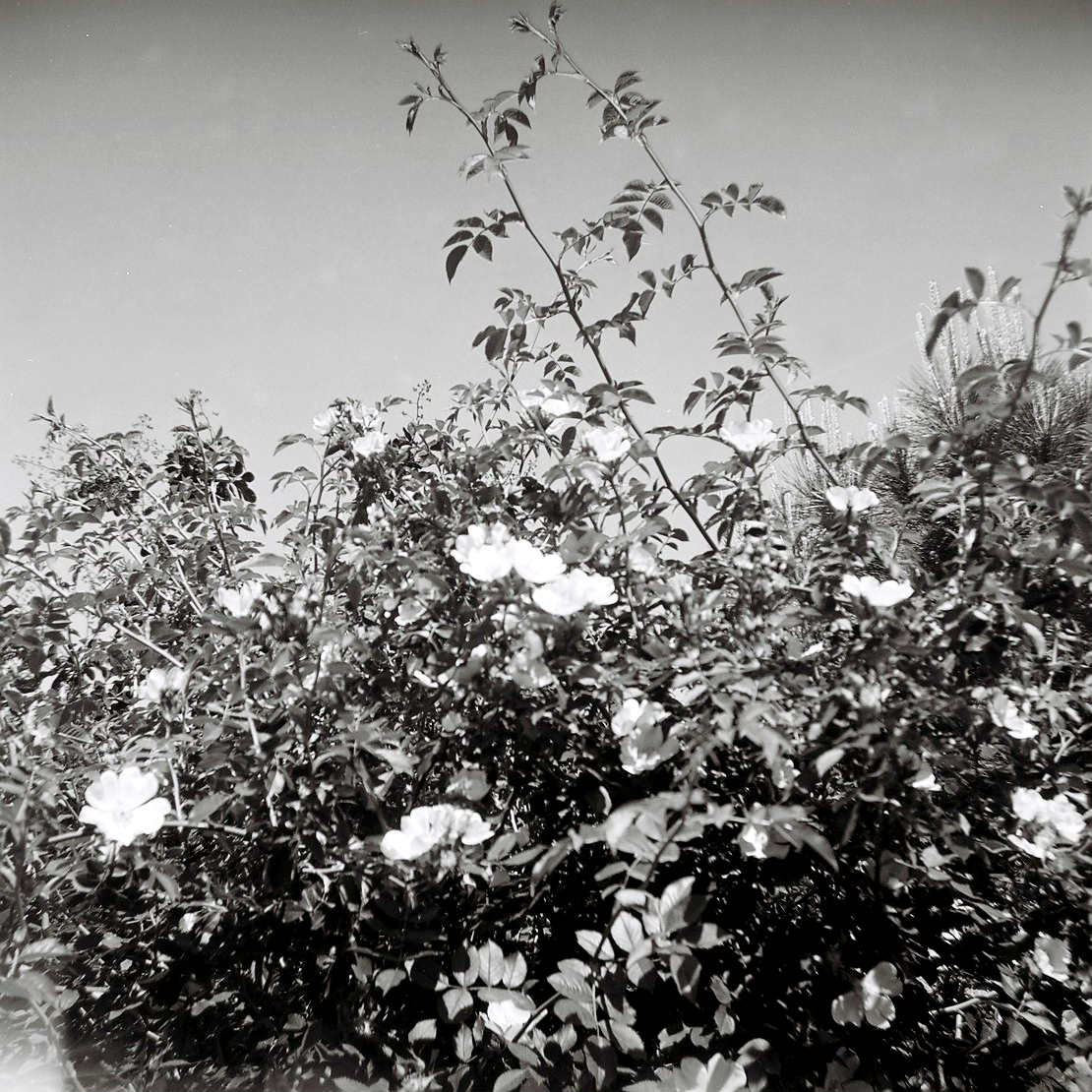


Having moved to a new city at the start of the year I was forced to leave it behind again and retreat home to lockdown in March. Living in a more rural area with a garden, and more access to nature I discovered that amongst all this human suffering, we experienced one of the best Springs on record. Bountiful sunshine, produce, and plants made us realize that the natural world was just ...carrying on, even thriving without us. I am grateful to have experienced lockdown with even a small garden to pace about and examine in between bouts of pain and anxiety, which is what these images are about- practicing gratitude. It does help – to collect the good around you and say ‘look, everything is awful, but at least there is this’ The major ‘this’ last year, was the natural world.
I have always known and been an advocate of the benefits of experiencing nature for our mental health, and so when the pandemic hit us at full force I invested in nurture. I grew flowers and gardened almost every day, I built planters and crafted with my parents, I walked and walked and walked and found that, other people were doing this too. At first I felt a little put out- surely, these were My paths, My places, how dare other people know about them? This is ridiculous of course, I was grateful that now on the weekends – families were taking the chance to explore their local area that they’ve lived in for years and were just now discovering that they never knew these fields, forests, paths and streams existed. Even I found new places to discover, just walking for an hour, then more as the months went on. It was therapy, it was salvation, and I was grateful.



copyright © Grace Hannell 2021. All rights reserved .
